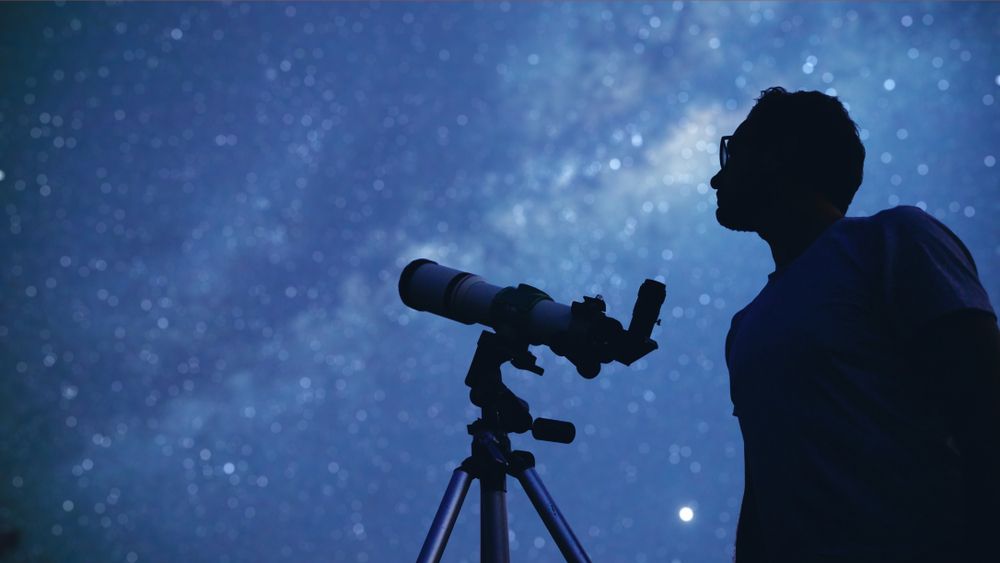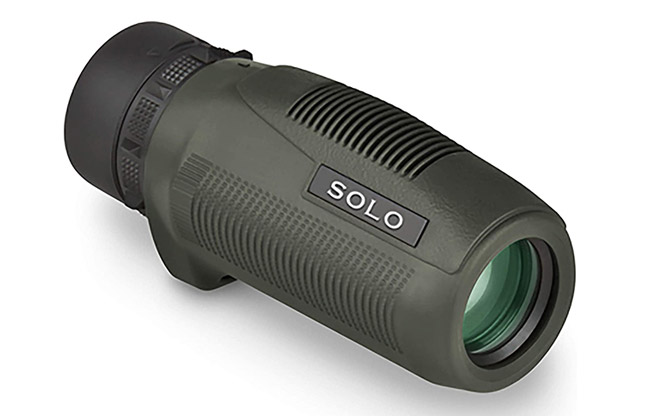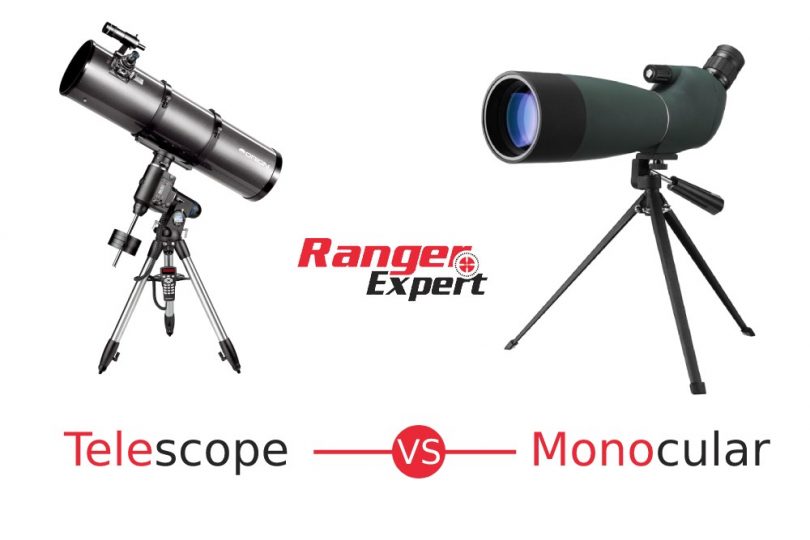A monocular or telescope is very useful when you stargaze or bird-watching. However, deciding when and how to use requires some know-how.
Here, we will make a side-by-side comparison of telescope vs monocular, the difference, when to use them, and what types are available.
Telescope vs Monocular – What Are The Differences
Telescopes: Definition & Types

Telescopes are instruments (optical) that allow you to see a very far distance (as far as the moon and further) using rays of light picked up by the lens and curved mirrors.
These allow you to see a crisp image of the object. Telescopes are large enough that they need to be supported by a tripod.
There are three types of telescopes:
- Reflector Telescopes use only mirrors
- Refractor Telescopes use only lenses
- Catadioptric Telescopes use lenses and mirrors
Monoculars: Definition & Types

A Monocular is a handheld optical instrument that uses lenses and prisms (higher-end monoculars use prisms) to see a far-off object.
Unfortunately, their range is not as good as a telescope.
When you try to see an object that is too far away, the crispness of the image gets poorer the further you are away from it.
The upside is you can carry a monocular in your pocket!
There are many types on the market but these are the most common:
- Have zoom effects (the object appears as if it is moving towards you or away from you) like a Galilean one.
- A rangefinder (they can measure how far the distance between you and the object is)
- Includes a compass (which tells the direction of the object related to you)
- Featuring night vision (allows you to see objects in the dark like it is daytime)
- Use of infrared that senses the heat of a human or animal.
Advantages
Monoculars
- Inexpensive (compared to a telescope)
- Sets up quickly
- Very little weight
- Easy to maintain
- Easy to carry (in a pocket)
- Can hold in one hand
- Adjustable zoom even as you walk
- Magnification limited compared to a telescope
Telescopes
- Clear images due to the narrow field of vision
- Able to find almost anywhere
- Able to see great detail in images
- Increased ability to zoom an object
- Incredible magnification
- No sidelight interference
Disadvantages
Monoculars
- Uses one eye which, can make the eye tired when looking at a large area
- The distance to an object (zoom) is limited
- Can’t purchase everywhere
- They pick up the sidelight that can interfere with the image clarity
- Some people have a hard time using just one eye
Telescopes
- More expensive than monoculars
- Takes time to set up and calibrate the focus
- Requires some maintenance
- Large and has to stay in one place
- Creates color outlines that distort the image at times
Telescope vs Monocular: Differences
1. Setup Time
Telescope
Telescope was removed from the box; you will need to assemble a few small parts and attach them to the tripod.
Once built, you will have to take the time to calibrate it to the distance and object you want to view, then adjust the zoom and fix the crispness of the object.
Adjustments to the lens will have to be done whenever you look at a new object.
Monocular
Once removed from the package; it is ready to go. It can be carried in a pocket and adjusted with one hand as you move.
You may have to fix the zoom as you look at an object. Since the monocular has limited zoom, you will not have to readjust as much.
2. Design and Size
Telescope
It is large and very awkward to move. You can NOT move it in a case because of its size and the time it takes to set it up.
Monocular
It is compact and light, it can be carried in a pocket and used with one hand.
3. Magnification
Telescope
It offers a zoom of more than 30x, with a clear image
Monocular
It offers a zoom of 4x-10x but loses image clarity as the zoom increases.
4. Cost
Monocular
Range in price from $12 to $500 depending on where it is purchased.
Telescope
Range from $200 to $8000 depending on where it is purchased.
5. Application
Telescope
There is no wrong time to use a telescope. You can use it in sunlight and moonlight and in any season.
Use the telescope for stargazing, looking at the moon, and looking at the day sky.
Monocular
It is used at all times of the day. For example, night vision attachments let you see at night with limited zoom.
Monoculars are great for bird watching, hunting, sports events, and anything you would look at with binoculars.
Telescope User Tips
1. Your eyes need should adjust to the darkness before using the telescope.
2. Using an eyepatch on one eye when you first start using the telescope will help.
3. Take a break after 20 minutes of gazing to avoid eye fatigue.
4. Check the weather; clouds will block good gazing.
5. Know your limited magnification; knowing what you can’t see will help you enjoy what you can see!
6. Get a comfortable chair; you won’t gaze as long as you are uncomfortable.
7. Tube current is a real thing; it decreases the image quality on your telescope.
8. Find a very bright star and check the out-of-focus image; if you see circular motion inside the image of the star, you have a tube current.
9. Don’t panic. You can move the warm air out of the telescope tube using a low-flow fan, bringing the mirror temperature to the same temperature as the outside air.
Monocular User Tips
1. Don’t touch the lenses; smudges will reduce vision.
2. Before finding a moving target, practice focusing after you find a sedentary object.
3. Keep the monocular in its case; scratches change the vision on it.
4. It is difficult to stabilize a smaller image; images get smaller as you increase magnification.
FAQs
1. Is it Possible to Attach a Night Vision Monocular to a Telescope?
Ans. Yes! Sometimes they are difficult to attach and can be expensive.
You may experience some overexposure which will make things look green, but you’ll see the sky in an infrared wavelength where you couldn’t before.








Leave a Comment